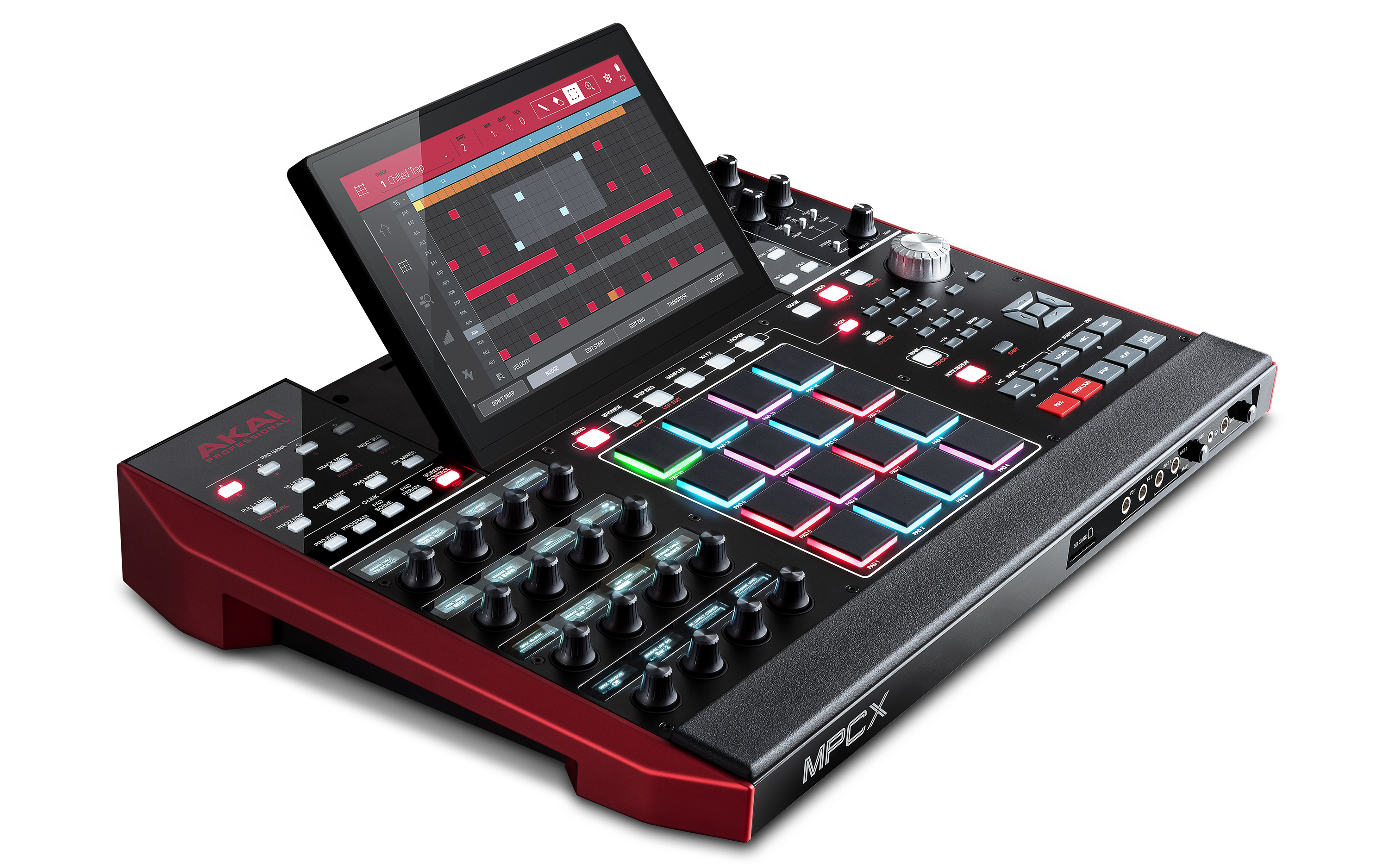

Linn was critical, saying: "Akai seems to be making slight changes to my old 1986 designs for the original MPC, basically rearranging the deck chairs on the Titanic." Features

Akai has continued to produce MPC models without Linn. Īfter Akai went out of business in 2006, Linn left the company and its assets were purchased by Numark. It was followed by the MPC60 MkII and the MPC3000, and the MPC2000, which Linn did not work on. The first model, the MPC60 (MIDI Production Center), was released on December 8, 1988, and retailed for $5,000. Akai did the production engineering, making it "more manufacturable".

He designed the functions, including the panel layout and hardware specification, and created the software with his team he credited the circuitry to a team led by English engineer David Cockerell. He disliked reading instruction manuals and wanted to create an intuitive interface that simplified music production. Linn described the MPC as an attempt to "properly re-engineer" the Linn 9000.

According to Linn, his collaboration with Akai "was a good fit because Akai needed a creative designer with ideas and I didn't want to do sales, marketing, finance or manufacturing, all of which Akai was very good at". His company Linn Electronics had closed following the failure of the Linn 9000, a drum machine and sampler. Linn had designed the successful LM-1 and LinnDrum, two of the earliest drum machines to use samples (prerecorded sounds). The original MPC, the MPC-60, was a collaboration between the Japanese company Akai and the American engineer Roger Linn. Grooveboxes, machines that combined these functions, such as those by E-mu Systems, required knowledge of music production and cost up to $10,000. The MPC was designed by Roger Linn (pictured in 2010), who also created the LinnDrum.īy the late 1980s, drum machines had become popular for creating beats and loops without musicians, and hip hop artists were using samplers to take portions of existing recordings and create new compositions.


 0 kommentar(er)
0 kommentar(er)
